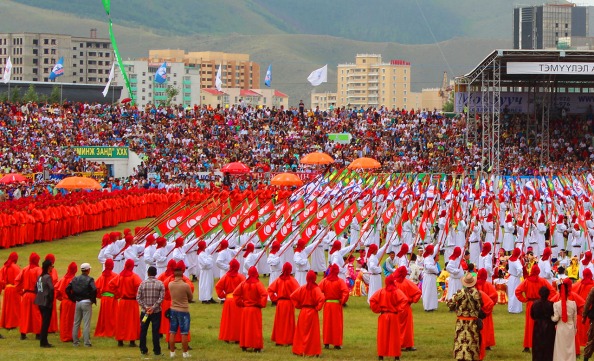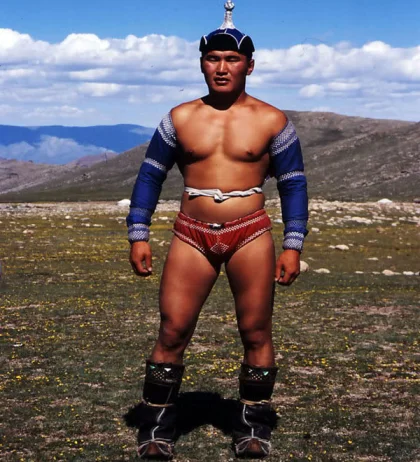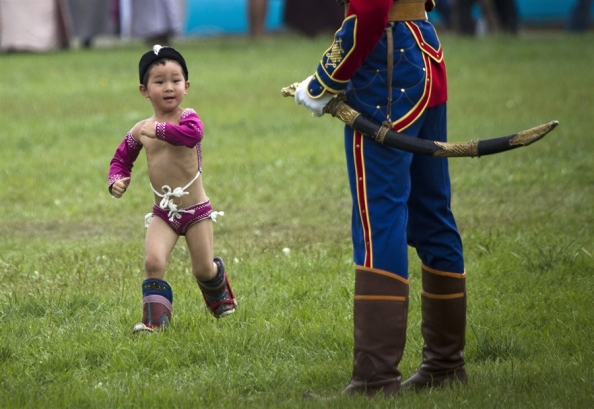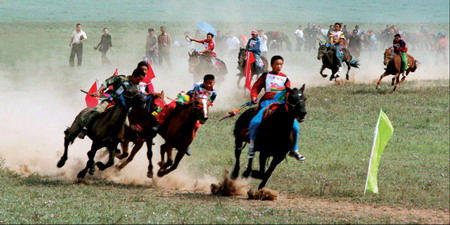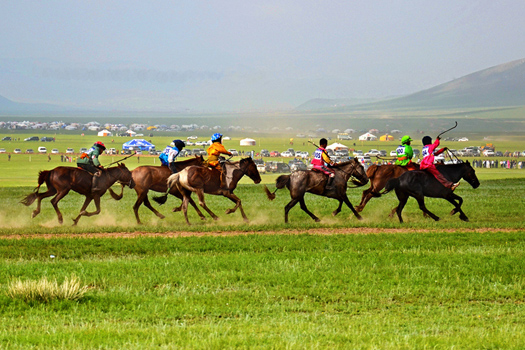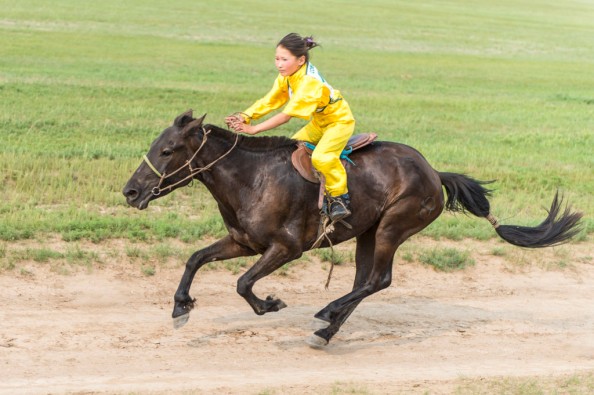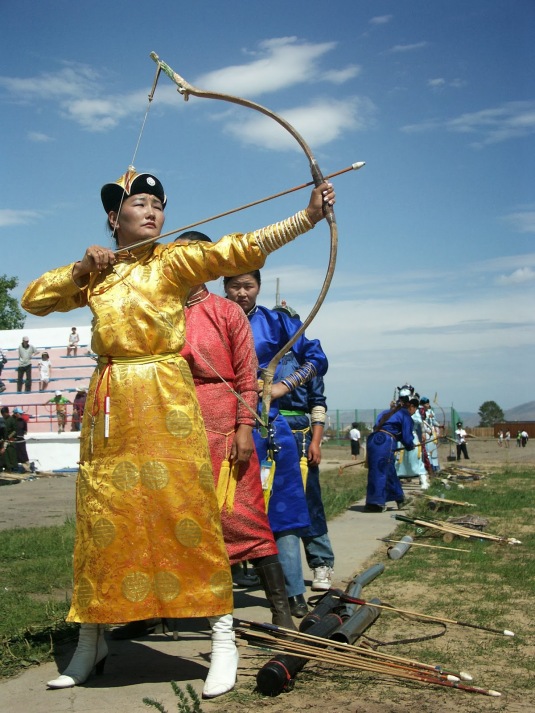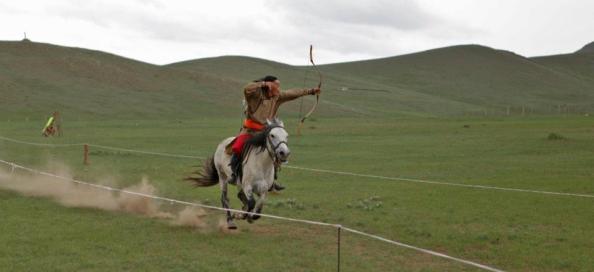As those of you who know me personally may be aware, I’m going to be serving in the Peace Corps in conjunction with finishing up my master’s degree, through a Peace Corps program called Master’s International. This program basically combines Peace Corps service and graduate school. Here’s how it works:
- Certain colleges/universities have partnered with the Peace Corps to offer the Master’s International (MI) program. A complete list of those schools and a search tool are available here. Some partner schools offer several different master’s degree programs through MI, while others only offer one. For example, I’m getting my master’s degree at Tulane University, which has the MI program at the School of Public Health & Tropical Medicine. But other universities may offer the MI Program through multiple schools/departments, like education, business, environmental studies, and/or agriculture. And obviously the degree program you enter will determine which volunteer sector you will work in for your Peace Corps service. So, as a public health student, I’ll be a Health Volunteer. Someone studying social work might be a Youth Development Volunteer. And so on for all the different programs and Peace Corps sectors.
- You then have to apply separately to both the master’s degree program at whichever university and to the Peace Corps. The timing of when you would need to apply to one relative to the other depends on the master’s degree program. For example, I applied and was accepted to the MI program at Tulane the spring semester before I planned to start graduate school. And then that fall semester–when I actually began classes at Tulane–I began the application process for the Peace Corps. But some master’s degree programs might be shorter or longer than my Master of Public Health (MPH) program and have a different way of handling when their MI students apply to the Peace Corps.
- As far as what the MI program entails during the actual coursework part of your master’s degree program, you’ll mainly just be focusing on your classes and whatever else is required for your degree. At Tulane, we had monthly seminars where Returned Peace Corps Volunteers (RPCVs) would talk about their experiences and give us MI students advice about what to expect (mostly that there’s really no point in expecting anything specific, because building up expectations about what your future Peace Corps service will be like will probably end in you being disappointed and frustrated when you finally do get to your post). Our MI group also had social events and community service events every semester, along with the ever-present support and guidance of our MI coordinators (who are RPCVs) and the comfort in knowing that many of your fellow students are going through the same long, sometimes irritating Peace Corps application process. And at least at my school, we got credit towards our degree by participating in the MI program (Tulane’s MPH degree generally requires 45 credit hours, but MI students who fulfill all the requirements of the MI program only have to take 42 credit hours of classes).
- How your Peace Corps service will fit into your degree program also depends on how your school’s MI program works. I’m going to go ahead and assume that most master’s degree programs have some sort of big project/capstone where students apply what they’ve learned in their classes. For example, my MPH program requires students to complete a practicum–a 300-hour advanced field experience under the direction of a qualified, practicing professional in the public health field. So, while most MPH students at Tulane spend a semester completing their practicum in New Orleans or elsewhere, MI students like myself complete our practicum during our Peace Corps service. Which means that, in addition to the work I’ll be doing as my Peace Corps assignment, I’ll have to figure out some little side project to work on in my Mongolian community and submit quarterly reports to the MI coordinators back at Tulane.
- The timing of your Peace Corps service relative to the rest of your degree requirements might be different as well. I have a feeling most MI programs have students complete all their coursework and any other requirements (except for that final project) before they leave for their Peace Corps service. But other MI programs might have their students go do their Peace Corps service in the middle of their degree program (take some classes, go off to the Peace Corps, come back and take more classes or finish up your thesis/final whatever).
- Once you complete your degree program’s requirements and finish your Peace Corps service, you’ll have a master’s degree and be an RPCV!
Although I could have simply completed my master’s degree and then gone into the Peace Corps, I really feel like going the route of the MI program was a smart choice. By completing part of my degree requirements and my Peace Corps service simultaneously, I’ll be saving at least a little bit of time. But more importantly, I think having the network of RPCVs and fellow MI students right there with me made the application process easier and provided me with plenty of advice and exciting stories to get me pumped for my coming adventure!

